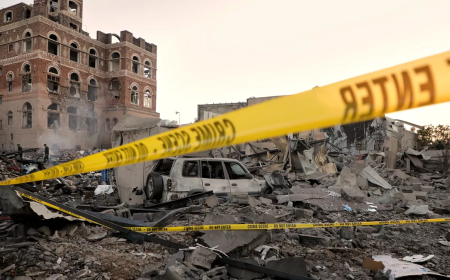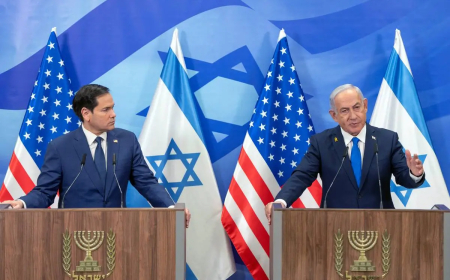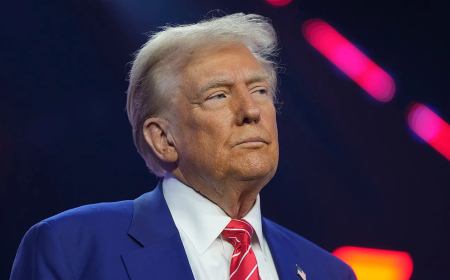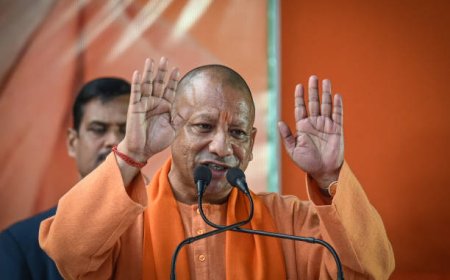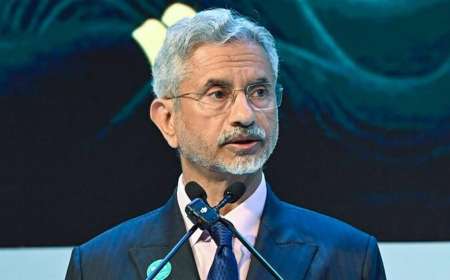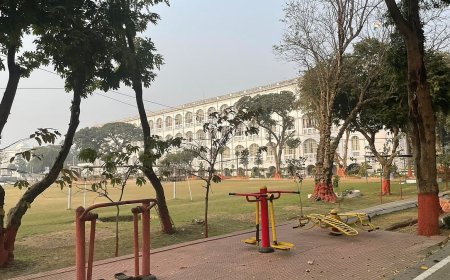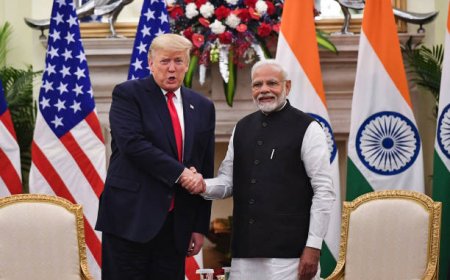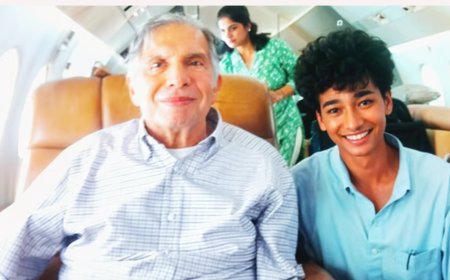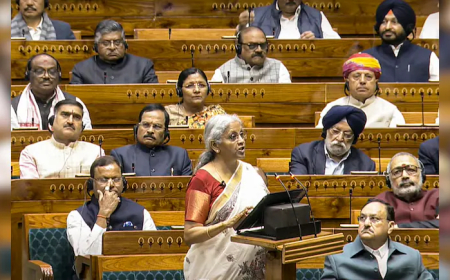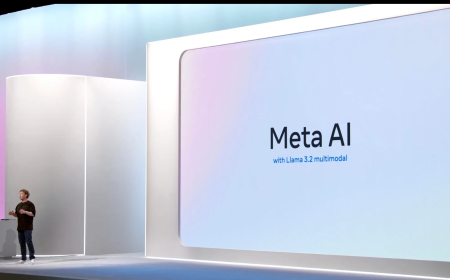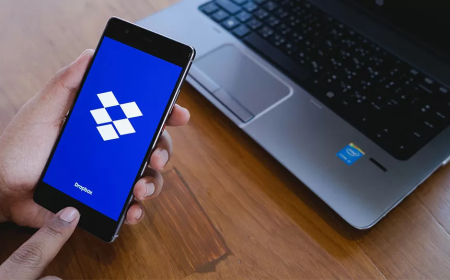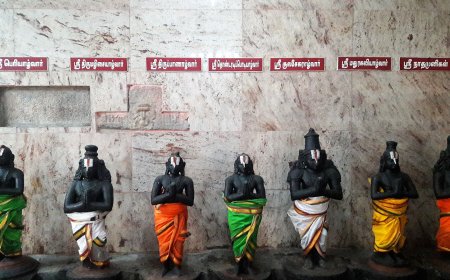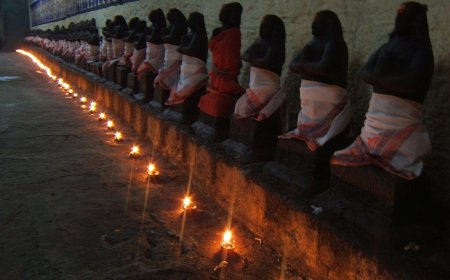Classified Yemen War Plans Sent to Journalist by Trump Administration Officials
In an unexpected blunder, Trump officials mistakenly sent classified war plans regarding U.S. military operations against Houthi rebels in Yemen to journalist Jeffrey Goldberg via a group chat on the Signal app.

In a significant breach of protocol, top officials from the Trump administration inadvertently shared classified war plans with journalist Jeffrey Goldberg. The incident occurred via a group chat on the Signal messaging app shortly before the U.S. launched military strikes against Houthi rebels in Yemen.
Goldberg, the editor-in-chief of The Atlantic, was added to the classified group chat shortly before the strikes, which targeted the Houthis' military positions. The chat, named "Houthi PC small group," included various high-ranking officials, with National Security Adviser Mike Waltz coordinating the U.S. military response.
In the leaked messages, it was revealed that discussions revolved around the timing and targets of the military operation. Among the participants were prominent figures such as Vice President JD Vance, Defense Secretary Pete Hegseth, Secretary of State Marco Rubio, and CIA Director John Ratcliffe. Goldberg noted that he received the war plans approximately two hours before the first bombs were dropped in Sanaa, Yemen's capital.
Waltz expressed satisfaction after the strikes, praising the "amazing job" done by the team, while CIA Director Ratcliffe called it “a good start.” The text messages circulated a sense of accomplishment among the group, despite the unusual circumstances surrounding their communication.
Adding further context, Goldberg described the immediate fallout of the blunder, emphasizing the risks associated with sharing sensitive information so carelessly. His knowledge of the plan raised ethical questions about the responsibilities of officials when engaging with journalists, especially regarding classified information.
This incident not only raises serious concerns about protocol adherence within governmental communications but also highlights the blurred lines between media engagement and national security during the Trump administration's various military interventions.
As the details of this situation unfold, it serves as a reminder of the complexities and potential pitfalls of modern communication methods among high-level officials, particularly in critical military operation

